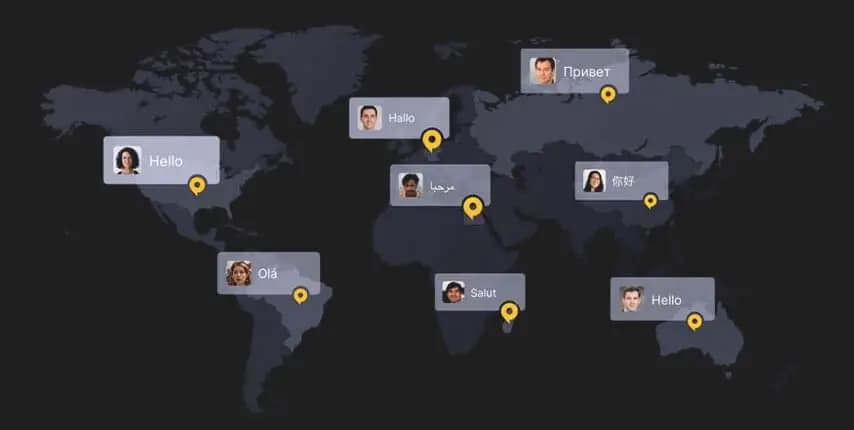Our Support Team is available round the clock to make sure that the working process is smooth and comfortable.
Our Translation and localization Services
We are constantly evolving our language solutions
to meet our clients changing business needs
to make their presence global.
localization.saudisoft





